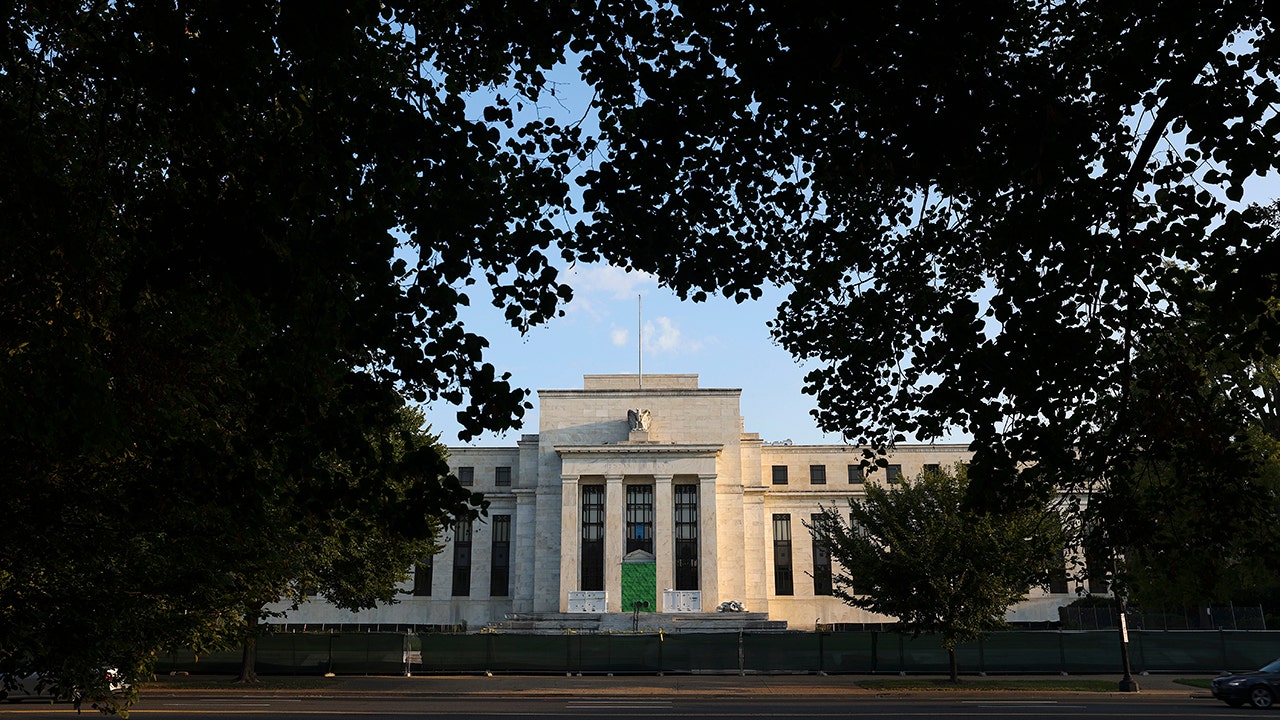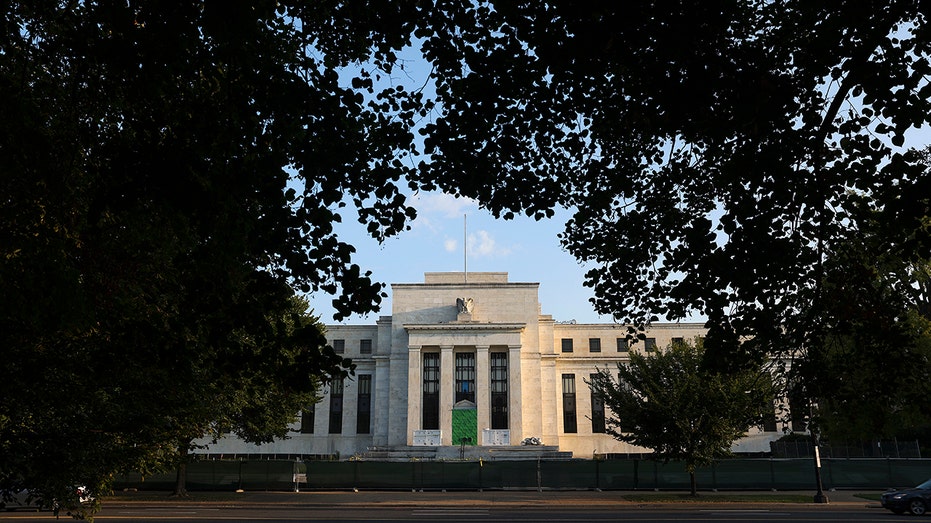Finance
How high interest rates are already hitting Americans

The Federal Reserve paused its interest-rate hike campaign on Wednesday for the second time this year, but the highly anticipated decision may offer little reprieve to debt-ridden Americans squeezed by higher borrowing costs.
The widely expected decision Wednesday left interest rates unchanged at a range of 5.25% to 5.5%, the highest level since 2001. Policymakers also opened the door to another quarter-point increase – and indicated they will hold rates at those elevated levels for an extended period of time.
That means credit card rates are likely to remain high, making it harder and more expensive for individuals trying to pay down their debt.
Average interest rates on credit cards have already surged from 16% in February 2022, before the Fed began hiking rates, to a new record of 20.71% as of Wednesday, according to a Bankrate database that goes back to 1985. The previous record was 19% in July 1991.
FED PAUSES RATE HIKES FOR SECOND TIME THIS YEAR, BUT HINTS AT ANOTHER INCREASE
For Americans who carry a balance from one month to the next, that quiet increase could be costing them hundreds – even thousands – of dollars.
“Whether the Fed does or doesn’t raise rates further in the coming months, the high rates are here to stay for awhile,” said Greg McBride, chief financial analyst at Bankrate. “The best steps for most households feeling the pinch of high prices and high interest rates are to pay down variable rate debt such as credit card and boost emergency savings.”
CREDIT CARD DELINQUENCIES ON THE UPSWING
While the federal funds rate is not what consumers pay directly, it affects borrowing costs for home equity lines of credit, auto loans and credit cards.

Even just a minor change in credit card rates can affect how much Americans owe. For instance, if you owe $5,000 in debt – which the average American does – current APR levels would mean it would take about 277 months and $7,723 in interest to pay off the debt making the minimum payments. By comparison, that same amount of debt would have taken 269 months and $6,126 to pay off when interest rates were lower.
The spike in rates comes amid signs that Americans are increasingly relying on their credit cards to cover everyday expenses.
The New York Federal Reserve reported earlier in August that total credit card debt surged to $1.03 trillion during the three-month period from April to June, an increase of $45 billion – or 4.6% – from the previous quarter. It marks the highest level on record in Fed data dating back to 2003.
“One trillion dollars in credit card debt is staggering,” said Matt Schulz, chief credit analyst at LendingTree.”Unfortunately, it is likely only going to keep growing from here.”
Read the full article here

-
Uncategorized23 hours ago
Kəşf Etmək Binance Coin Kazino Saytları Dünyasını
-
Uncategorized20 hours ago
The Surge of Crypto Slots: A New Period in Online Pc Gaming
-
Uncategorized1 day ago
The Increase of Dogecoin Casino Sites: An Extensive Introduction
-
Uncategorized21 hours ago
High Roller Online Casinos: Inside the Globe of Elite Betting









